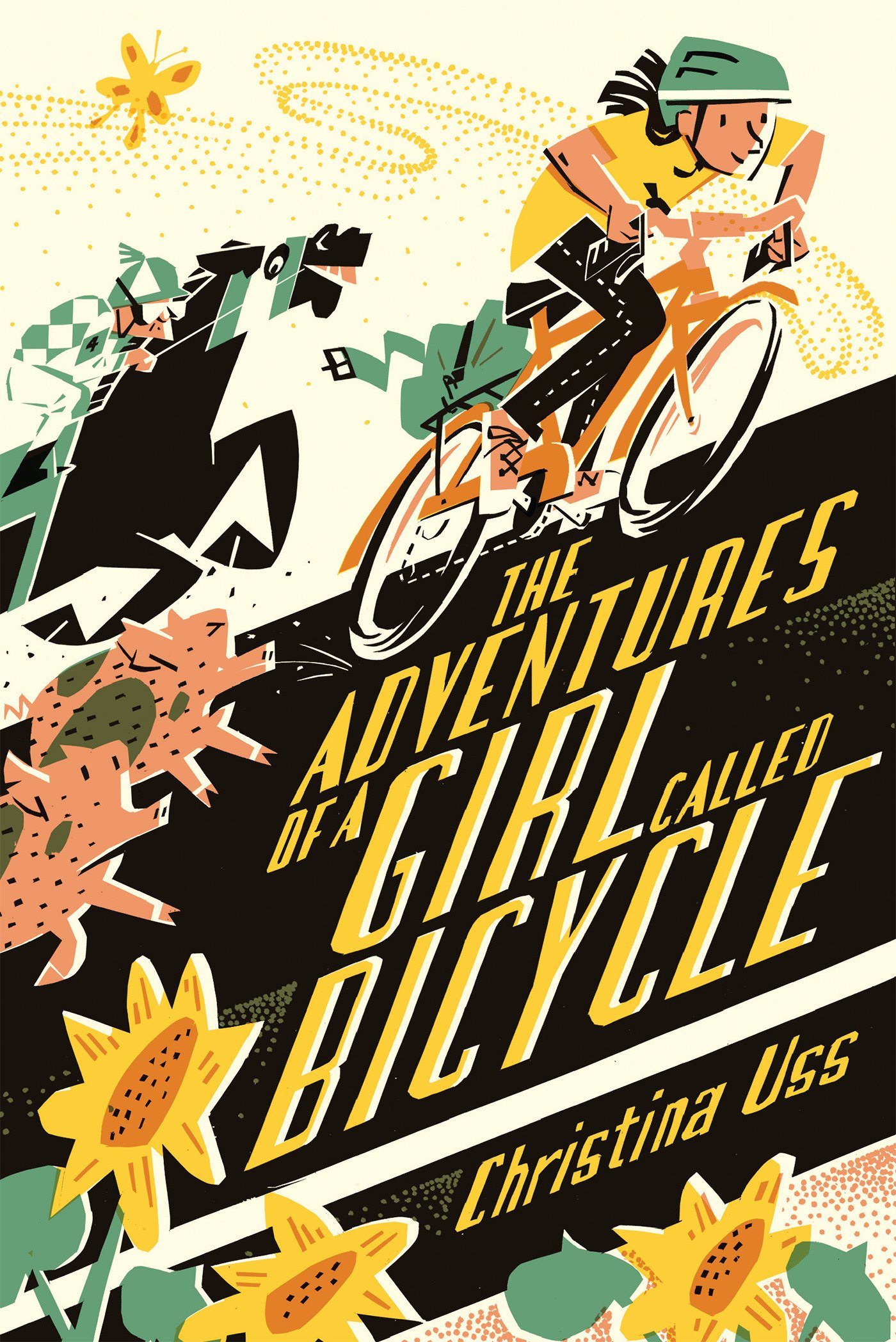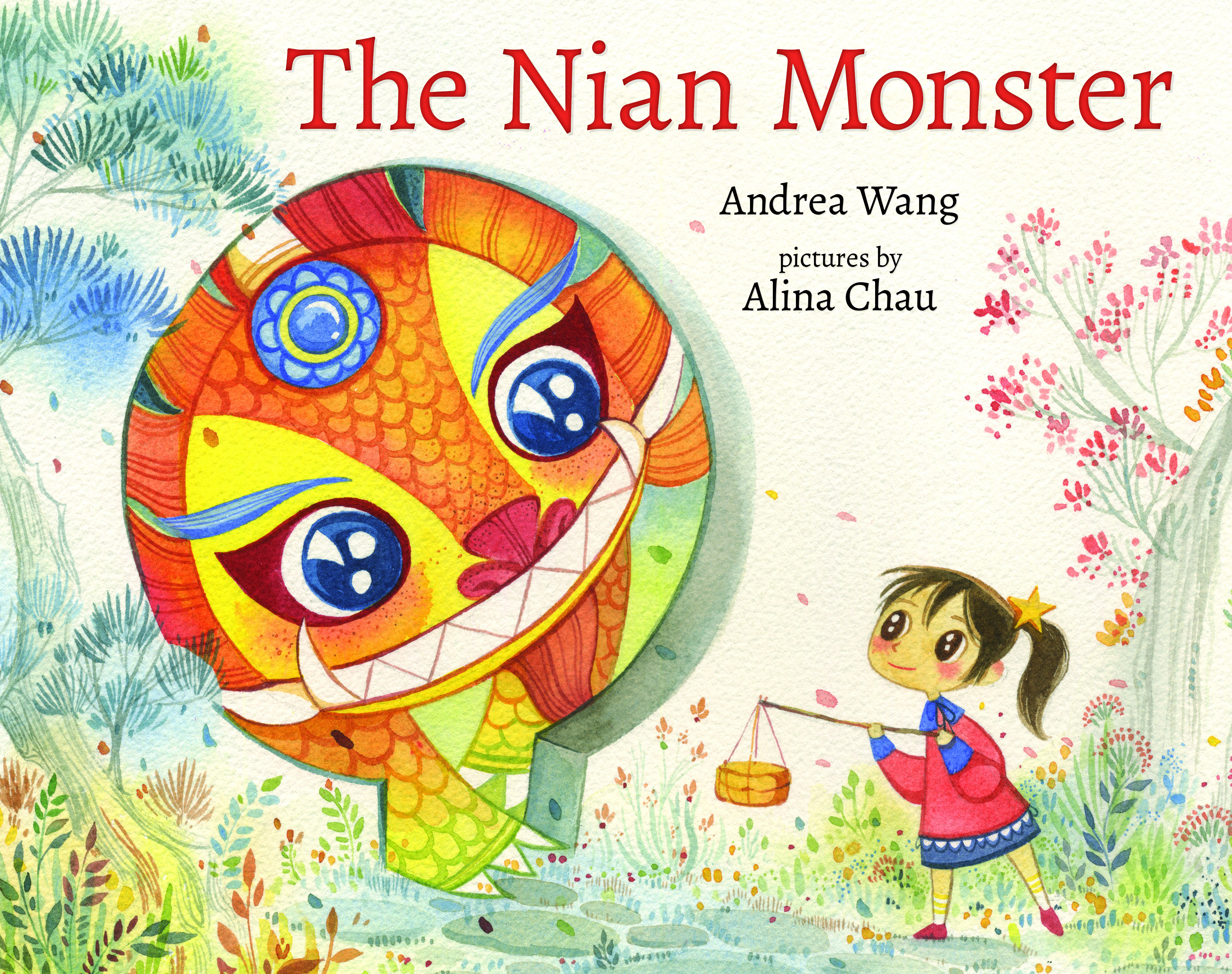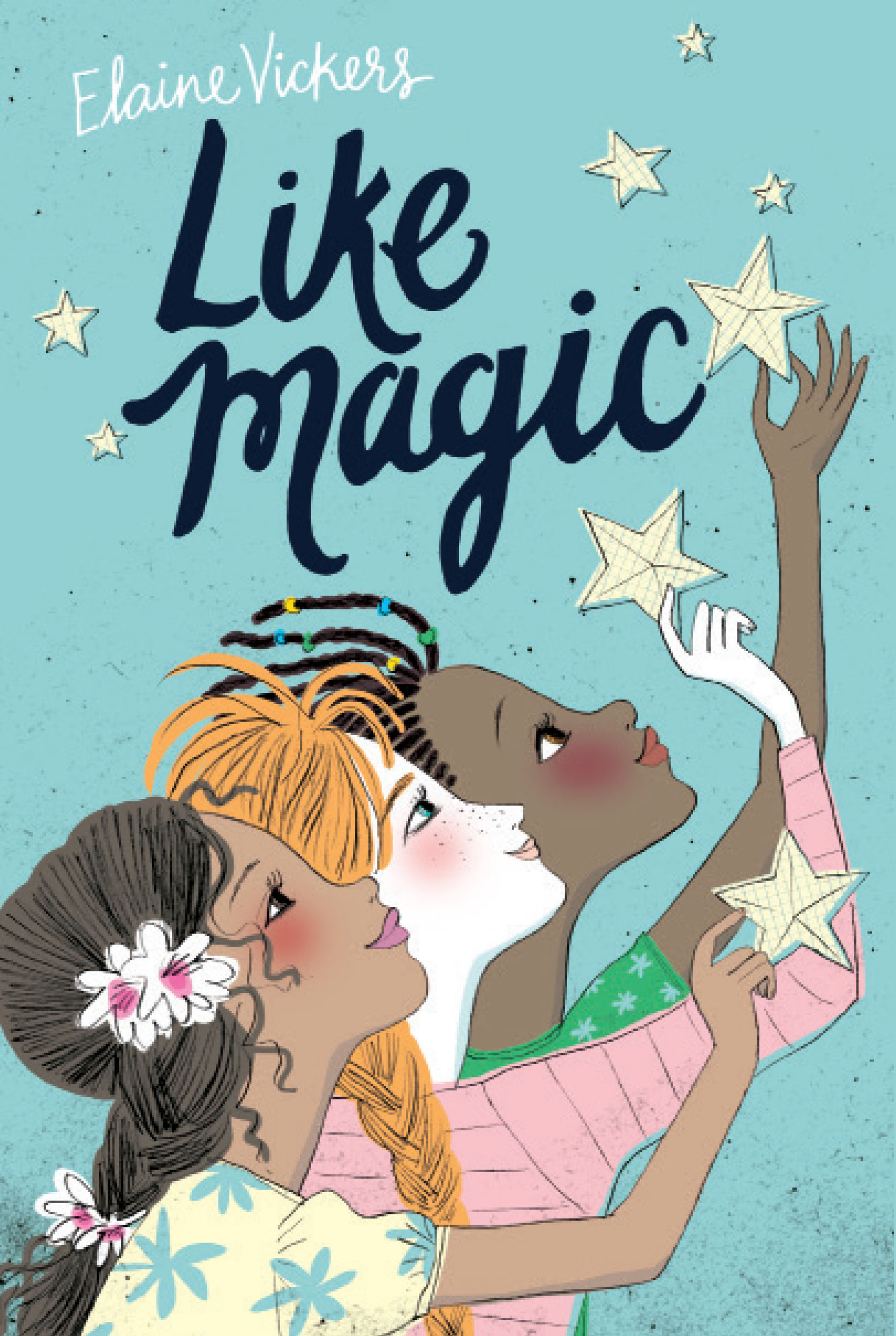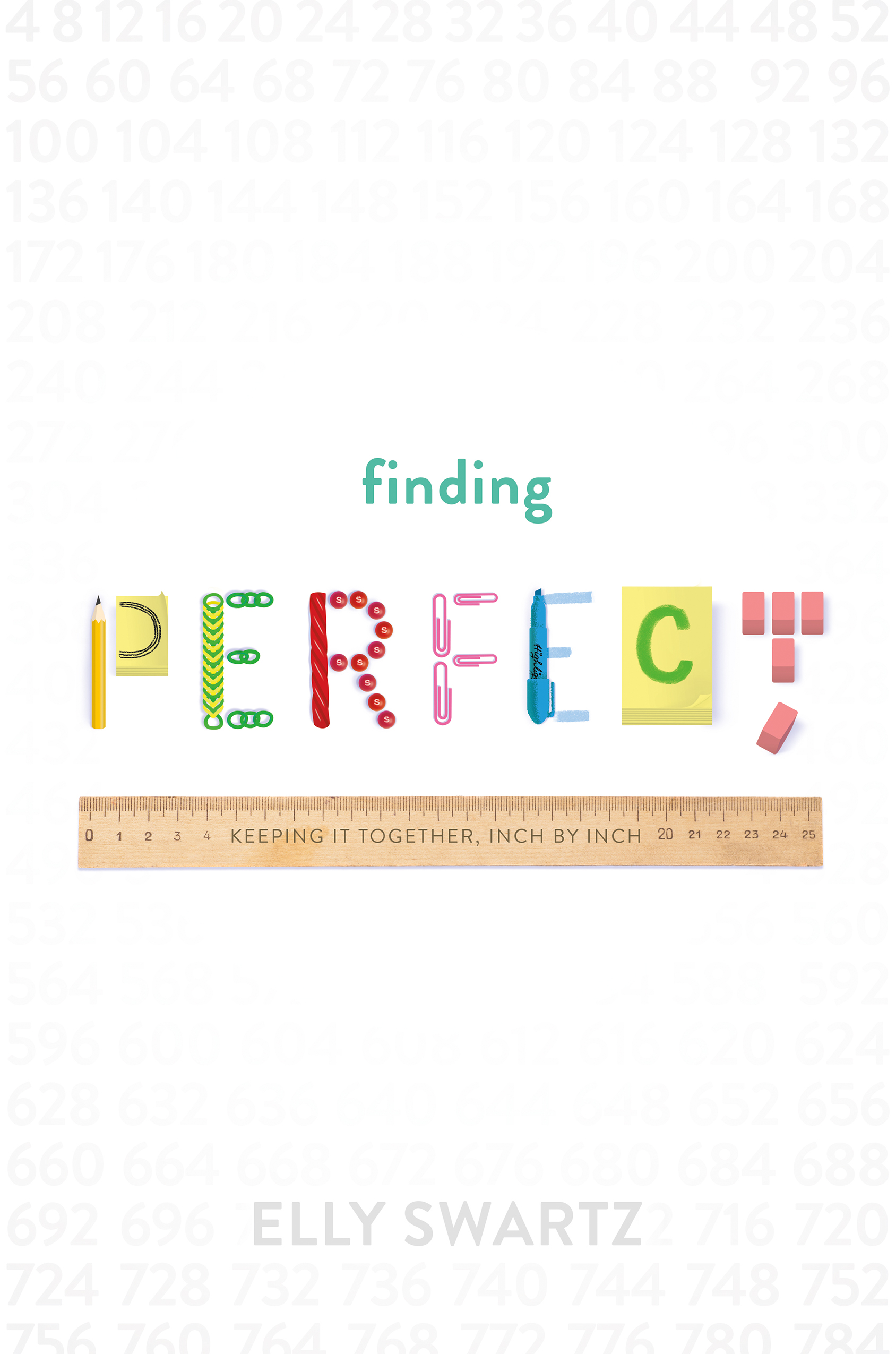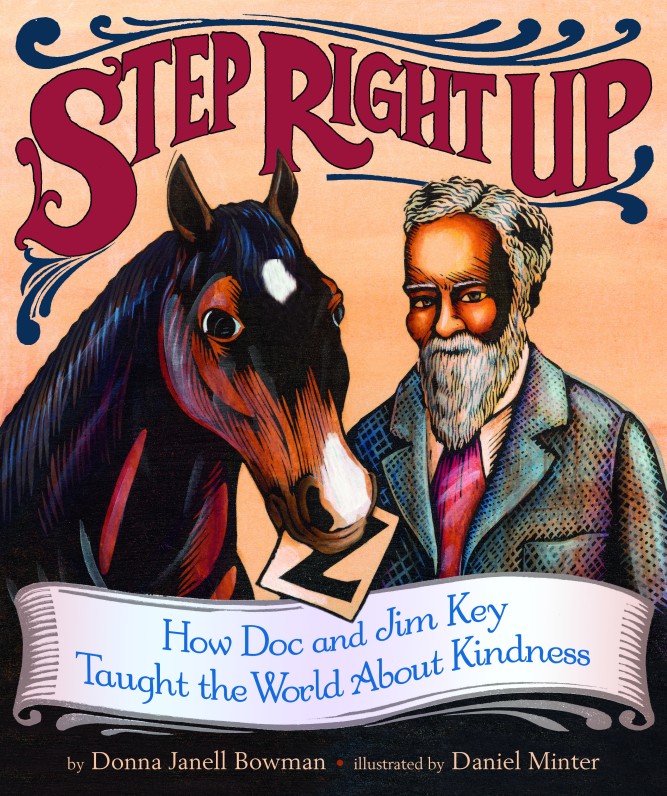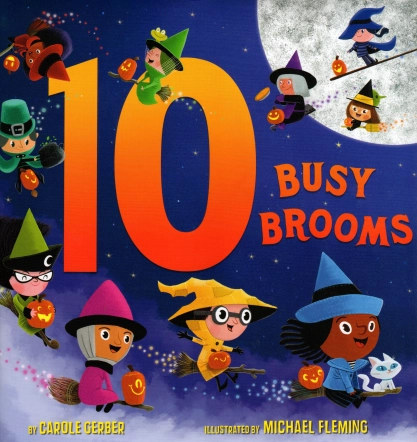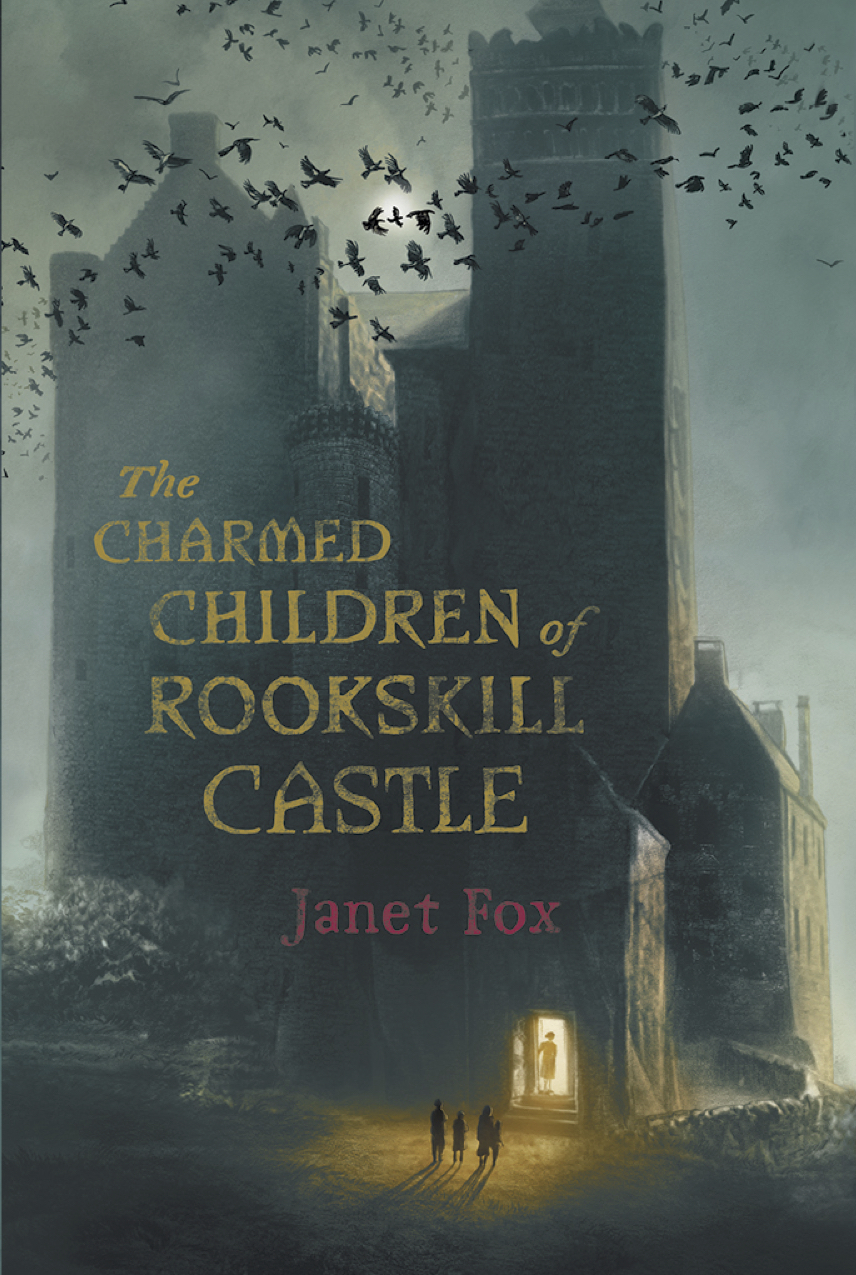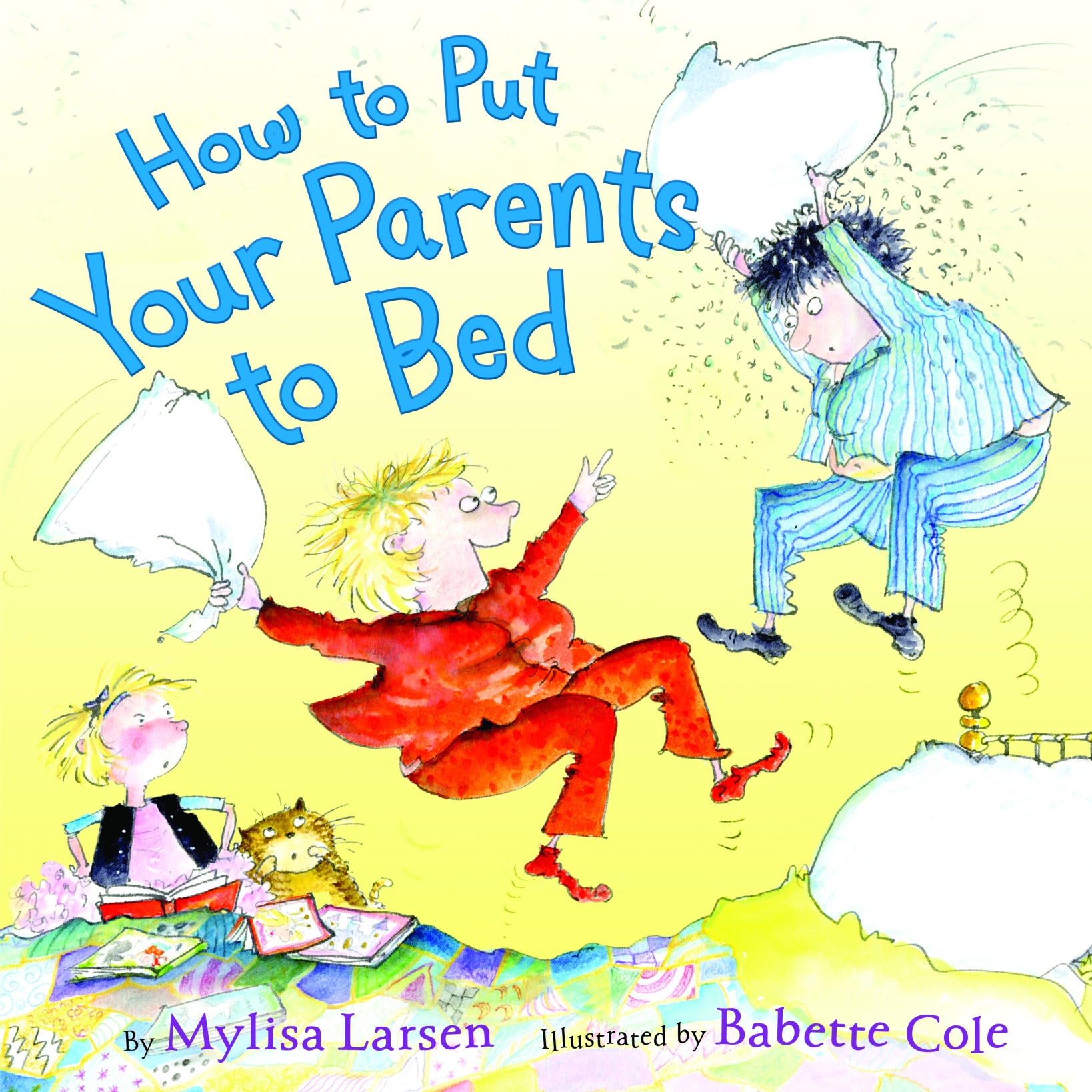 This week at EMU’s Debuts, we are celebrating the launch of Laurie Ann Thompson’s debut BE A CHANGEMAKER, which will be published on September 16. Part how-to manual, part confidence builder, BE A CHANGEMAKER empowers youth to create the changes they want to see in their communities and around the world through real-world examples as well as personal reflections by Thompson, who volunteered with Youth Venture, an organization that supports teens with big ideas.
This week at EMU’s Debuts, we are celebrating the launch of Laurie Ann Thompson’s debut BE A CHANGEMAKER, which will be published on September 16. Part how-to manual, part confidence builder, BE A CHANGEMAKER empowers youth to create the changes they want to see in their communities and around the world through real-world examples as well as personal reflections by Thompson, who volunteered with Youth Venture, an organization that supports teens with big ideas.
To honor and promote this exceptional book, some changemaking clients of the Erin Murphy Literary Agency have agreed to share their own experiences. To be fair, these five are but a few of the amazing writers and illustrators at EMLA who are committed to making change in their communities and the world.
Please join us in welcoming BE A CHANGEMAKER to the world. And if you want a signed arc of BAC, comment on any post this week and you could be a winner!
Chris Barton
As a picture book writer, Chris Barton had a vague notion about the need to make the general population more aware of the bounty of great contemporary picture books. But when he read by the New York Times essays “Where Are the People of Color in Children’s Books?” by Walter Dean Myers and “The Apartheid of Children’s Literature” by Christopher Myers, the vague notion became a more urgent issue. Barton approached the Austin independent bookseller BookPeople to create the Modern First Library program, which makes it easy for parents, grandparents, and other gift-givers to select not only classic picture books but also new titles that reflect the diversity of today’s world.
 “I already had a great relationship with BookPeople,” says Barton, “But I was nonetheless surprised by how receptive they were to my idea — I didn’t have any bookselling experience or other particular qualification, but sharing my idea rather than keeping it to myself felt like the good-citizen thing to do, and the store’s welcoming response reinforced that impulse.” This experience has taught Barton that one key to being an effective changemaker is to disseminate rather than dismiss your own ideas for making things better, and he has been reminded by BookPeople’s example that it’s equally important to be open to changemaking ideas even though they may come from an unconventional source.
“I already had a great relationship with BookPeople,” says Barton, “But I was nonetheless surprised by how receptive they were to my idea — I didn’t have any bookselling experience or other particular qualification, but sharing my idea rather than keeping it to myself felt like the good-citizen thing to do, and the store’s welcoming response reinforced that impulse.” This experience has taught Barton that one key to being an effective changemaker is to disseminate rather than dismiss your own ideas for making things better, and he has been reminded by BookPeople’s example that it’s equally important to be open to changemaking ideas even though they may come from an unconventional source.
Ann Braden
When the federal government failed to pass legislation that does a better job of keeping guns out of the wrong hands, even after the horrific murders of first graders in Newtown, CT, Ann Braden helped start Gun Sense Vermont because it was clear to her that the only way we could bring balance back to our gun laws was to act at the state level. In 18 months, membership has grown to 5,000 members, and they are working to pass universal background checks during the upcoming legislative session.
 At the beginning of her changemaking journey, Braden encountered that small fringe group of extremists who are determined to keep gun laws from being passed no matter how sensible they are. “It was like I had to hold on tight to the sides of my boat as they tried to capsize it and make me give up. But after a while, I realized that my boat was stable and I wasn’t in danger of capsizing at all. That’s was when it occurred to me that I could stop holding onto the sides and just paddle forward.”
At the beginning of her changemaking journey, Braden encountered that small fringe group of extremists who are determined to keep gun laws from being passed no matter how sensible they are. “It was like I had to hold on tight to the sides of my boat as they tried to capsize it and make me give up. But after a while, I realized that my boat was stable and I wasn’t in danger of capsizing at all. That’s was when it occurred to me that I could stop holding onto the sides and just paddle forward.”
Braden was inspired by Wangari Maathai, who mobilized huge numbers of women in Kenya to plant trees and start a green revolution. Though Maathai died too soon, she managed to plant seedlings of activists around the world who, like Braden, approach life with the same ‘I-can-do-this’ attitude that inspires people to come together for a common purpose. “If you leap,” says Braden. “A net really does appear. And that net is made up incredibly supportive people.”
Braden believes a willingness to jump makes an effective Changemaker. “I joke that I ended up getting into to this just because I said ‘yes’ a whole bunch of times in a row. Can you start an online petition? Yes. Can you help organize a group to deliver the petition to the statehouse? Yes. Can you speak at a press conference at the statehouse? Yes.” Even though she hadn’t done any of those things before.
Which is why Braden also advises changemakers that focus is really important. “If we try to fix everything all at once, we’ll end up in a fetal position in a corner somewhere. Zero in on what is achievable and what will be effective, and then put your head down and go.”
e.E. Charlton-Trujillo
When e. E. Charlton-Trujillo embarked on a narrowly self-funded, hybrid book tour for her third novel FAT ANGIE, she did not know she was going to be a changemaker. “I packed my belongings into storage and drove from Cincinnati, Ohio, across America to hold creative writing workshops and discussions for youth on the fringe, at no cost to their programs.”
 Trujillo’s inspiration comes from activist Amanda J. Cunningham, children’s author Linda Sanders Wells, her brother Kurt, and music. “Mozart to Eminem, Krudas Cubensi to Mazz Swift, or John Coltrane to Beyonce. Music feeds the soul and no doubt invigorates my passion to rock the word.”
Trujillo’s inspiration comes from activist Amanda J. Cunningham, children’s author Linda Sanders Wells, her brother Kurt, and music. “Mozart to Eminem, Krudas Cubensi to Mazz Swift, or John Coltrane to Beyonce. Music feeds the soul and no doubt invigorates my passion to rock the word.”
And rock the world she did. Not only did Trujillo change kids’ lives, she changed her own life. “Working with kids taught me that the darkness of my youth was actually a strength. I was able relate to and work with any kind of kid. I get to be my unwrangled-hair, hoodie-wearing, tattoo self and inspire others. Talk about invigorating . . . I am constantly amazed how simple and powerful it is when you show up and say, ‘I believe in you.’ Empowering and inspiring others ignites awareness and understanding for something outside of yourself. That is such a crucial thing for me. It keeps me humble and genuine and curious.”
For Trujillo, the most important quality of being a changemaker is authenticity. “Never underestimate the potential of authenticity. Being real and honest and shedding the layers that allow us as ‘adults’ to be acceptable is some work. Young people need to have a person stand in front of them with healthy boundaries and the excitement to share creative space with them. I can promise you showing up has currency!”
From her experience, Trujillo created Never Counted Out, to empower young people through creativity and discussion. She believes that harnessing their tenacity and talent of youth through spoken word by taking their strength from page to mini-stage. She also filmed the documentary At-Risk Summer to capture the impact of a creative mentor and redefine how we talk about ‘at-risk.’ Her website is BigDreamsWrite.
Corinne Duyvis
Corinne Duyvis is the co-founder of Disability in Kidlit, a blog that discusses and dissects the representation of disabled characters in MG and YA novels. The bloggers analyze stereotypes, talk about their own experiences as disabled people, and review character portrayals from a disability perspective. “All three editors of the blog and all contributors identify as disabled, which is incredibly important because disabled people–just like many other marginalized groups–are often erased from conversations that supposedly center about us.”
 Before founding Disability in Kidlit, Duyvis followed initiatives like Diversity in YA, Angry Black Woman, and other discussions of marginalization in YA and science fiction and fantasy (SFF) novels. “While disability is often included in these discussions, just as often, it’s ignored entirely. Over the years, I became more and more aware of this lack. I discussed it with friends, tried to counter it in my own fiction, and sighed every time I saw people call for more diversity while glossing over the existence of disabled people and the need for disabled characters. When my friend and fellow YA author Kody Keplinger approached me about organizing a “Disability in YA” event, everything crystallized. Kody and I had the ability, knowledge, and desire to address those problems.”
Before founding Disability in Kidlit, Duyvis followed initiatives like Diversity in YA, Angry Black Woman, and other discussions of marginalization in YA and science fiction and fantasy (SFF) novels. “While disability is often included in these discussions, just as often, it’s ignored entirely. Over the years, I became more and more aware of this lack. I discussed it with friends, tried to counter it in my own fiction, and sighed every time I saw people call for more diversity while glossing over the existence of disabled people and the need for disabled characters. When my friend and fellow YA author Kody Keplinger approached me about organizing a “Disability in YA” event, everything crystallized. Kody and I had the ability, knowledge, and desire to address those problems.”
Since they began, the website’s influence and content has grown. Not only does it help disabled people find realistic portrayals of characters, librarians and teachers use it to find books for their patrons and students. Because of the site, readers are beginning to think more critically about disability portrayals.
In addition to connecting with many wonderful, smart people who are just as dedicated to disability representation as she is, such as her fellow Disability in Kidlit editor Kayla Whaley, Duyvis has spoken with authors who said the website encouraged them to include disabled characters in their next work, or who said the site changed their approach to tackling these characters so that they are portrayed more accurately and respectfully.
Duyvis is astonished at how much she has learned in the year since she founded this blog. “I thought I was savvy before, but between reading new books all the time, maintaining the site, being in regular contact with some brilliant contributors, and keeping an eye on disability-related content on Tumblr and Twitter, I’ve doubled that knowledge. Of course, it’s also helped me realize how much I still have to learn!”
Lynda Mullaly Hunt
In a way, Lynda Mullaly Hunt was destined to create the Book Train. Not because she was teacher. Not because she is a writer of children’s books. She created Book Train because when she was in sixth grade, her teacher gave her a book that changed her life. It was a novel by Judy Blume and she devoured it. For the first time, she cared about the character and wanted to know what happened to him. For the first time, she invested in her book report. For the first time, her teacher was proud of her. For the first time, she felt self-esteem. One book.
 When she began writing for children, Hunt met many kids who lived in the foster care system or in shelters. She became aware that few of them owned their own books. It bothered her. A lot. After one particularly hard visit to a teen homeless shelter, she wondered what small thing she could do for kids like this. “I’m a big believer in the domino theory of changemaking. I think there are people out there who change the world for the better every day – in small ways that are not perceptible at first but send rings of change into the world the way a rock thrown in the water does.”
When she began writing for children, Hunt met many kids who lived in the foster care system or in shelters. She became aware that few of them owned their own books. It bothered her. A lot. After one particularly hard visit to a teen homeless shelter, she wondered what small thing she could do for kids like this. “I’m a big believer in the domino theory of changemaking. I think there are people out there who change the world for the better every day – in small ways that are not perceptible at first but send rings of change into the world the way a rock thrown in the water does.”
“I found myself brainstorming ways to get books to kids. Not just my books—all books in all genres for all ages.” One night, she was tweeting with a few teachers about how to get more people on the love train for ONE FOR THE MURPHYS. The 70’s song, Love Train by the O’Jays, popped into her head. After a flurry of tweets, Book Train, was born. Since its beginning, thousands of brand-new books have been hand-delivered to foster children, ages newborn to eighteen. Their names are in the front and those books belong to them. Forever.
To be a changemaker, Hunt believes you have to be able to think BIG without holding yourself back and thinking about what’s realistic. “When people have told me an idea I had was unrealistic, it motivated me to work even harder. I absolutely love the quote, ‘The people crazy enough to think they can change the world are the ones who do.’ Yup. There’s a lot of truth right there.”
***
You can get your own copy of BE A CHANGEMAKER from your local independent bookstore (find one here), or order it from your favorite national or online retailer such as Simon & Schuster, Powell’s, B&N, or Amazon.
And please comment here–or on any post this week–to be entered to win a signed ARC of BE A CHANGEMAKER by Laurie Ann Thompson!
 I’ve never been exactly sure how to answer that, since so much of writing—especially in nonfiction—isn’t actually “writing.” There’s the brainstorming, researching, outlining, and, eventually, the revising. I spend a lot of time in each of those other phases, and the actual writing phase is a small fraction of the overall work. Still, as long as I’m making forward progress on a project, in any phase, I’ll typically answer, “Great! I’ve been doing a lot of ______________ lately.” On the other hand, if life or other things are getting in the way and I’m feeling less than productive, I might say instead, “Not so great lately. I’m hoping to get back on track as soon as ______________.” I think those are satisfactory, honest answers.
I’ve never been exactly sure how to answer that, since so much of writing—especially in nonfiction—isn’t actually “writing.” There’s the brainstorming, researching, outlining, and, eventually, the revising. I spend a lot of time in each of those other phases, and the actual writing phase is a small fraction of the overall work. Still, as long as I’m making forward progress on a project, in any phase, I’ll typically answer, “Great! I’ve been doing a lot of ______________ lately.” On the other hand, if life or other things are getting in the way and I’m feeling less than productive, I might say instead, “Not so great lately. I’m hoping to get back on track as soon as ______________.” I think those are satisfactory, honest answers. I’m having a much harder time coming up with a satisfactory answer to that one. First of all, what does that even mean: sales figures? reviews? press/publicity? awards? Amazon ranking? speaking gigs? fan mail? There are so many ways to measure a book’s success. Which yardstick should I use to measure how the book is doing?
I’m having a much harder time coming up with a satisfactory answer to that one. First of all, what does that even mean: sales figures? reviews? press/publicity? awards? Amazon ranking? speaking gigs? fan mail? There are so many ways to measure a book’s success. Which yardstick should I use to measure how the book is doing? Laurie Ann Thompson’s debut young-adult nonfiction, BE A CHANGEMAKER: HOW TO START SOMETHING THAT MATTERS, was published by Beyond Words/Simon Pulse in September, 2014. She also has two upcoming picture books: EMMANUEL’S DREAM, a picture-book biography with Schwartz & Wade/Penguin Random House (January 2015), and MY DOG IS THE BEST, a fiction picture book with Farrar, Straus, & Giroux/Macmillan (May 2015). Please visit her website, follow her on Twitter, and like her Facebook page.
Laurie Ann Thompson’s debut young-adult nonfiction, BE A CHANGEMAKER: HOW TO START SOMETHING THAT MATTERS, was published by Beyond Words/Simon Pulse in September, 2014. She also has two upcoming picture books: EMMANUEL’S DREAM, a picture-book biography with Schwartz & Wade/Penguin Random House (January 2015), and MY DOG IS THE BEST, a fiction picture book with Farrar, Straus, & Giroux/Macmillan (May 2015). Please visit her website, follow her on Twitter, and like her Facebook page.




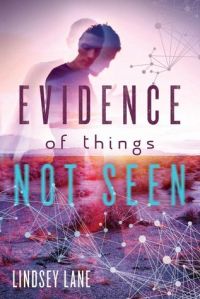


















 “I already had a great relationship with BookPeople,” says Barton, “But I was nonetheless surprised by how receptive they were to my idea — I didn’t have any bookselling experience or other particular qualification, but sharing my idea rather than keeping it to myself felt like the good-citizen thing to do, and the store’s welcoming response reinforced that impulse.” This experience has taught Barton that one key to being an effective changemaker is to disseminate rather than dismiss your own ideas for making things better, and he has been reminded by BookPeople’s example that it’s equally important to be open to changemaking ideas even though they may come from an unconventional source.
“I already had a great relationship with BookPeople,” says Barton, “But I was nonetheless surprised by how receptive they were to my idea — I didn’t have any bookselling experience or other particular qualification, but sharing my idea rather than keeping it to myself felt like the good-citizen thing to do, and the store’s welcoming response reinforced that impulse.” This experience has taught Barton that one key to being an effective changemaker is to disseminate rather than dismiss your own ideas for making things better, and he has been reminded by BookPeople’s example that it’s equally important to be open to changemaking ideas even though they may come from an unconventional source. At the beginning of her changemaking journey, Braden encountered that small fringe group of extremists who are determined to keep gun laws from being passed no matter how sensible they are. “It was like I had to hold on tight to the sides of my boat as they tried to capsize it and make me give up. But after a while, I realized that my boat was stable and I wasn’t in danger of capsizing at all. That’s was when it occurred to me that I could stop holding onto the sides and just paddle forward.”
At the beginning of her changemaking journey, Braden encountered that small fringe group of extremists who are determined to keep gun laws from being passed no matter how sensible they are. “It was like I had to hold on tight to the sides of my boat as they tried to capsize it and make me give up. But after a while, I realized that my boat was stable and I wasn’t in danger of capsizing at all. That’s was when it occurred to me that I could stop holding onto the sides and just paddle forward.” Trujillo’s inspiration comes from activist Amanda J. Cunningham, children’s author Linda Sanders Wells, her brother Kurt, and music. “Mozart to Eminem, Krudas Cubensi to Mazz Swift, or John Coltrane to Beyonce. Music feeds the soul and no doubt invigorates my passion to rock the word.”
Trujillo’s inspiration comes from activist Amanda J. Cunningham, children’s author Linda Sanders Wells, her brother Kurt, and music. “Mozart to Eminem, Krudas Cubensi to Mazz Swift, or John Coltrane to Beyonce. Music feeds the soul and no doubt invigorates my passion to rock the word.” Before founding Disability in Kidlit, Duyvis followed initiatives like Diversity in YA, Angry Black Woman, and other discussions of marginalization in YA and science fiction and fantasy (SFF) novels. “While disability is often included in these discussions, just as often, it’s ignored entirely. Over the years, I became more and more aware of this lack. I discussed it with friends, tried to counter it in my own fiction, and sighed every time I saw people call for more diversity while glossing over the existence of disabled people and the need for disabled characters. When my friend and fellow YA author
Before founding Disability in Kidlit, Duyvis followed initiatives like Diversity in YA, Angry Black Woman, and other discussions of marginalization in YA and science fiction and fantasy (SFF) novels. “While disability is often included in these discussions, just as often, it’s ignored entirely. Over the years, I became more and more aware of this lack. I discussed it with friends, tried to counter it in my own fiction, and sighed every time I saw people call for more diversity while glossing over the existence of disabled people and the need for disabled characters. When my friend and fellow YA author  When she began writing for children, Hunt met many kids who lived in the foster care system or in shelters. She became aware that few of them owned their own books. It bothered her. A lot. After one particularly hard visit to a teen homeless shelter, she wondered what small thing she could do for kids like this. “I’m a big believer in the domino theory of changemaking. I think there are people out there who change the world for the better every day – in small ways that are not perceptible at first but send rings of change into the world the way a rock thrown in the water does.”
When she began writing for children, Hunt met many kids who lived in the foster care system or in shelters. She became aware that few of them owned their own books. It bothered her. A lot. After one particularly hard visit to a teen homeless shelter, she wondered what small thing she could do for kids like this. “I’m a big believer in the domino theory of changemaking. I think there are people out there who change the world for the better every day – in small ways that are not perceptible at first but send rings of change into the world the way a rock thrown in the water does.”



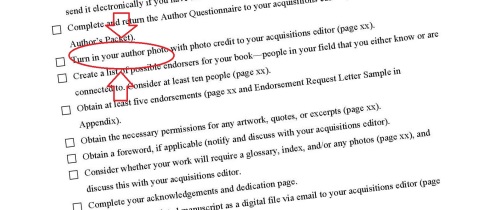



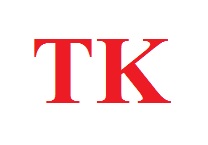 When I submitted the “final” draft on the original deadline, the manuscript was a not-entirely-off-the-mark
When I submitted the “final” draft on the original deadline, the manuscript was a not-entirely-off-the-mark 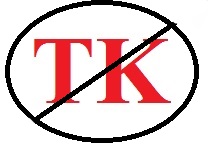 But try though I did, I still couldn’t get it all done in time: I just needed
But try though I did, I still couldn’t get it all done in time: I just needed 






